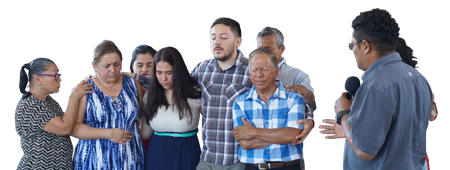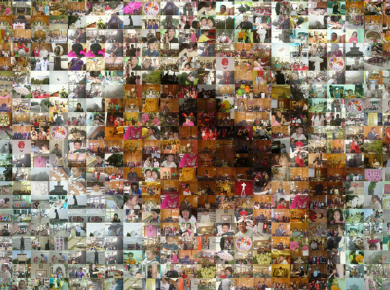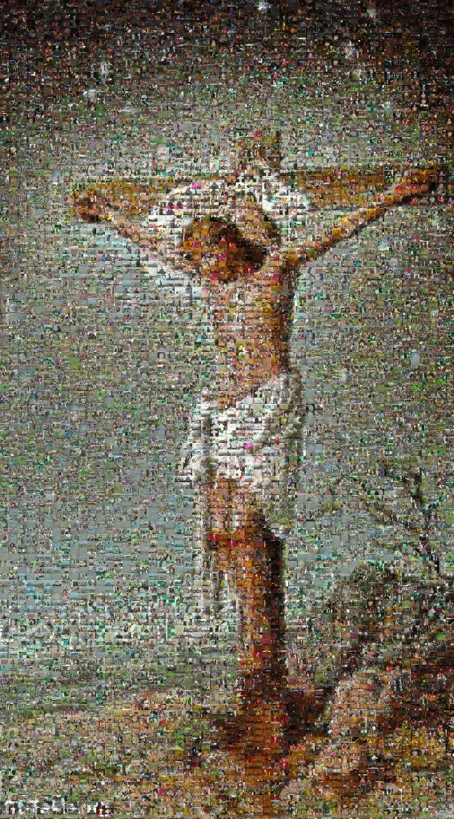Posted: June 22, 2016
Like the chambers of a heart, the four MWC commissions serve the global community of Anabaptist-related churches, in the areas of deacons, faith and life, peace, mission. Commissions prepare materials for consideration by the General Council, give guidance and propose resources to member churches, and facilitate MWC-related networks or fellowships working together on matters of common interest and focus. In the following, one of the commissions shares a message from their ministry focus.
When a red blood cell first met a nerve cell, it exclaimed, “Ah, an alien!” “No,” replied the nerve cell, “I am your brother.”
Participating in the Menno Simons 500th anniversary seminar in the Netherlands in the spring of 1997 was my first time partaking in an international Mennonite gathering. My emotional reaction was to an extent the same as that of the red blood cell: Are these people all Mennonites? Why does their way of thinking differ so much from mine? At the Pennsylvania 2015 MWC Assembly, I experienced this sense even more powerfully!
Whether it be 2000-year-old Christianity or the 500-year-old Anabaptist church, we were born from the same theological tradition. Due to the passing of time and differences in cultural backgrounds and social environments, we grew to take on different faces. In the face of the numerous delicate issues of today, we also have different views and stances.
This makes me think of Paul’s metaphor of the body: we really are like a body with parts that have different shapes and functions. The church must be divergent and diverse – this is the DNA placed into the church when God first created her.
The church must accept differences, because this is the church’s vital lifeline. Through my brothers and sisters from Africa, Europe, Asia, and South America, my horizons and perspectives are broadened. I see a different picture of faith. Yet these cultural “others” come from the same theological DNA; these spiritual blood relations have become an indispensable part of the “me” or “us” of faith. The sisters and brothers from the global family comprise our co-humanity in Christ.
At the same time, however, this differentiation at the “cellular” level is for a greater unity at a higher level: there is only one body. We as members were integrated into the divine body. What we share in common is that we all commit ourselves to Jesus Christ, to radically following him. We also have the Shared Convictions in common. Therefore, we are made one in our diversity, while remaining diverse in unity.
The church is full of light and order at times, and disarray at other times. Nevertheless, from this mosaic of the church emerges a face of the transcendent one: Jesus Christ. He reveals himself through the church’s overall life. The church is the holy image of Christ; its mission is to faithfully demonstrate Christ, so that the world can see the face of the one who transcends.
The image of the face depends on how we connect together. Each of us – as a cell of the ear, eye or nose – will bring beauty to the face if we connect properly. Therefore, we must make every effort to keep the unity of the Spirit. The Lord’s Supper is an excellent reminder of this. Each time we remember the cross of Jesus together, we “re-member” the body of Christ. May God’s will be done.
—Paulus Chiou-Lang Pan, Mennonite World Conference Faith and Life Commission member
From this mosaic of the body of Christ emerges a face of the transcendent One: Jesus. Photo by Faith Lin courtesy of Paulus Chiou-Lang Pan.
Click on the photo to see the high resolution version.



Join the Conversation on Social Media
FacebookTwitterInstagramFlickrYouTube